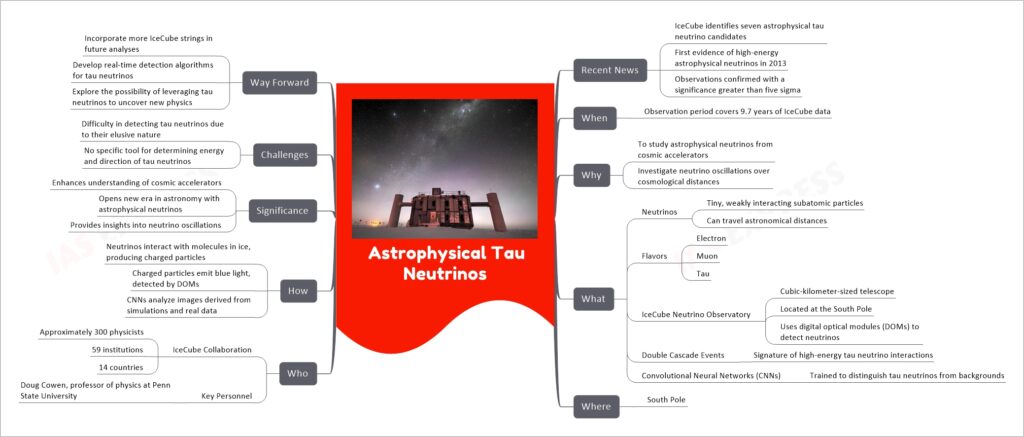Astrophysical Tau Neutrinos

Astrophysical tau neutrinos are subatomic particles that play a crucial role in understanding cosmic phenomena and the fundamental aspects of the universe. These neutrinos are challenging to detect due to their weak interaction with matter, but their observation can provide valuable insights into cosmic accelerators and the processes that generate high-energy particles in space. The IceCube Neutrino Observatory, located at the South Pole, has successfully identified several candidate events for astrophysical tau neutrinos, marking a significant advancement in the field of astrophysics. This discovery opens new avenues for research, including the study of neutrino oscillations over vast cosmological distances and the exploration of the underlying mechanisms of neutrino production from astrophysical sources.
If you like this post, please share your feedback in the comments section below so that we will upload more posts like this.

